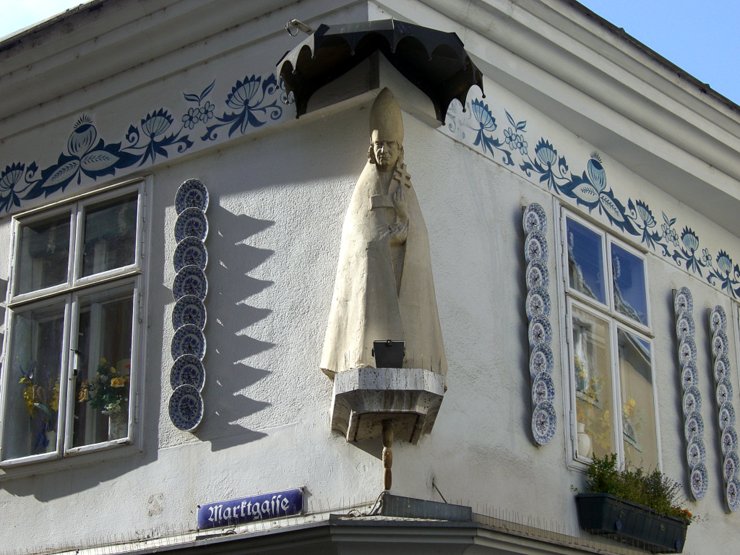
The Zwiebelmusterhaus in Sank Pölten surprised me with its wall decoration of 168 plates. Later I learned the Zwiebelmuster is a pretty famous porcelain tableware pattern for dishware.
You only see what you know (Goethe)

The Zwiebelmusterhaus in Sank Pölten surprised me with its wall decoration of 168 plates. Later I learned the Zwiebelmuster is a pretty famous porcelain tableware pattern for dishware.
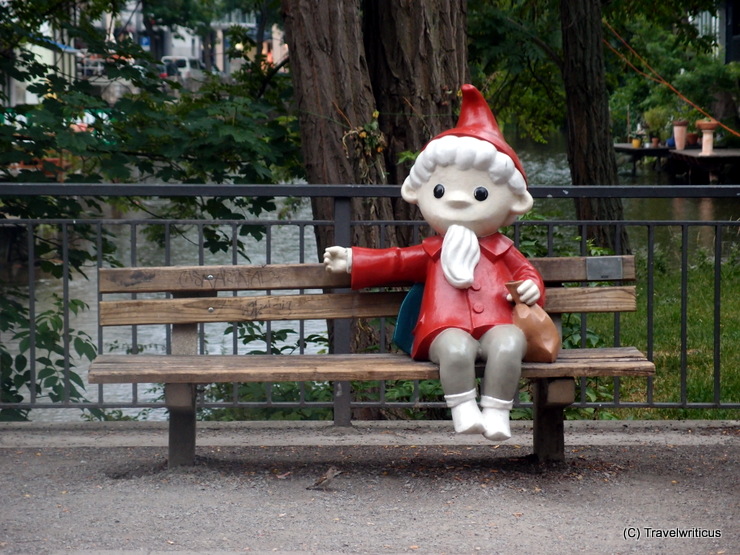
“Please take a seat but be careful, don’t fall asleep!” This sculpture in Erfurt, named Little Sandman (Sandmännchen), refers to a German children’s bedtime television programme using stop motion animation.
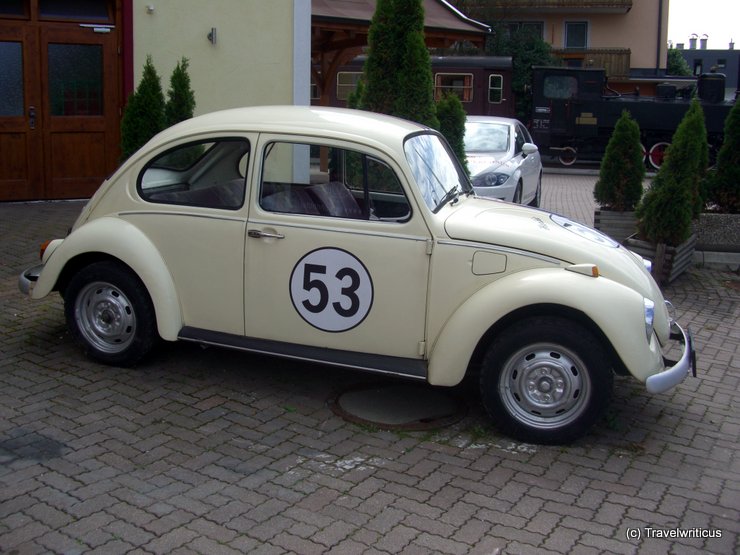
After my trekking tour with the llamas, I went to the classic car museum of Kaprun named Vötter’s Fahrzeugmuseum. I found it in the basement of a hotel. Well, I was surprised to meet a sort of ‘Herbie’ in front of the museum.
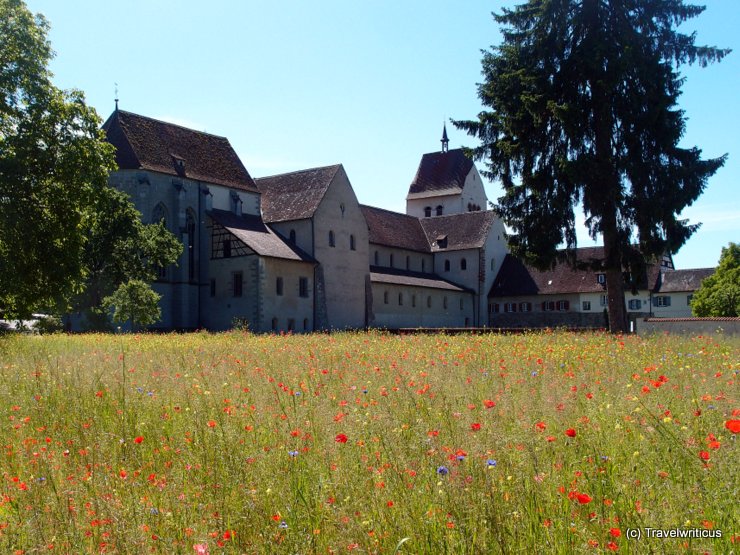
Reichenau Abbey was founded in 724 by Saint Pirmin. Later the abbey became famous for the Reichenauer Malschule. This term comprises lavishly illuminated manuscripts created during the late 10th and early 11th centuries.
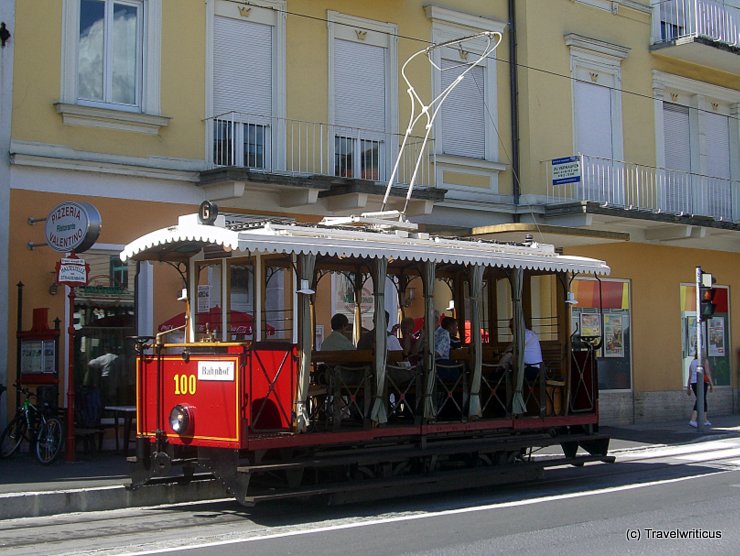
After a relaxing stay on the Traun Lake (Traunsee) in the region of Salzkammergut, it was time to head back to the far-away railway station of Gmunden. Surprisingly, a tram car from 1898 invited me to jump on.
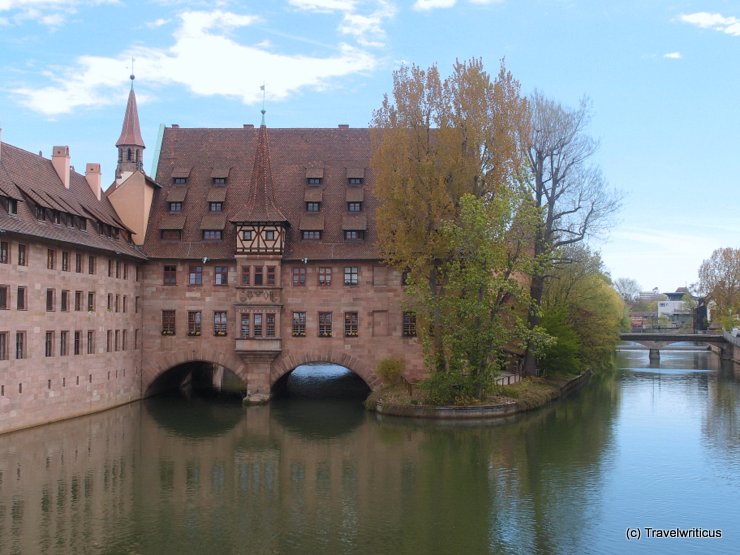
The Heilig-Geist-Spital is one of Nuremberg’s most iconic sights. The associated hospital church housed the Imperial Regalia for several centuries. Today, the depicted part of the spital accommodates a restaurant. [German]
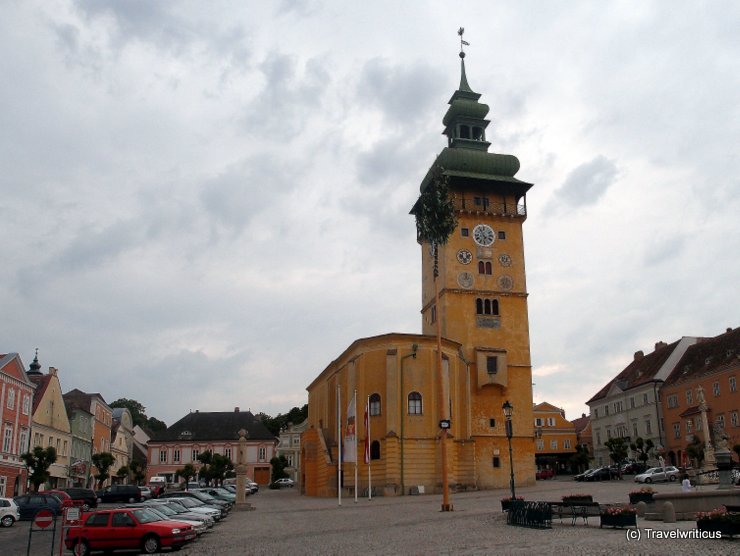
The Retz town hall originated from a Gothic chapel. After damages in the Hussite wars, there was not enough money for a complete restoration. As a result, the municipal community started to use half the chapel as a town hall. [German]

The Upper Harz Water Regale (Oberharzer Wasserregal) is a system of dams, reservoirs and ditches built from the 16th to 19th centuries to divert and store the water that drove the water wheels of the mines in the Upper Harz region. [German]
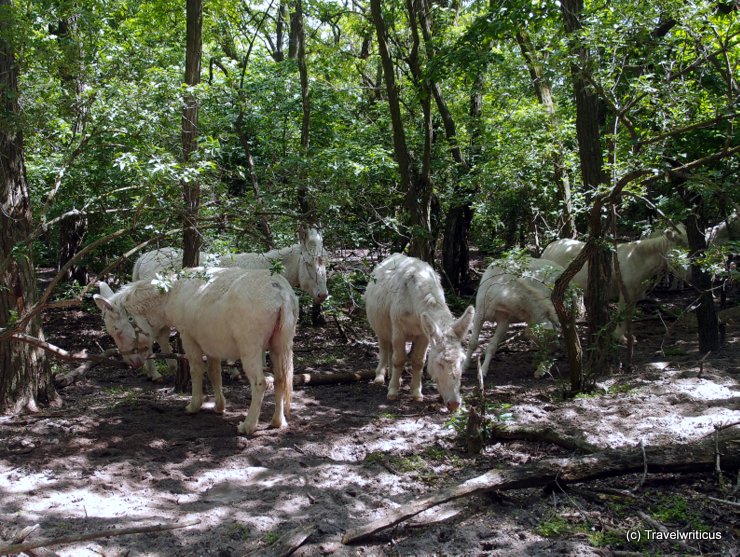
While cycling through the Neusiedler See – Seewinkel National Park, we met several White Baroque Donkeys. On that hot summer day we all enjoyed the shadow of a small forest.
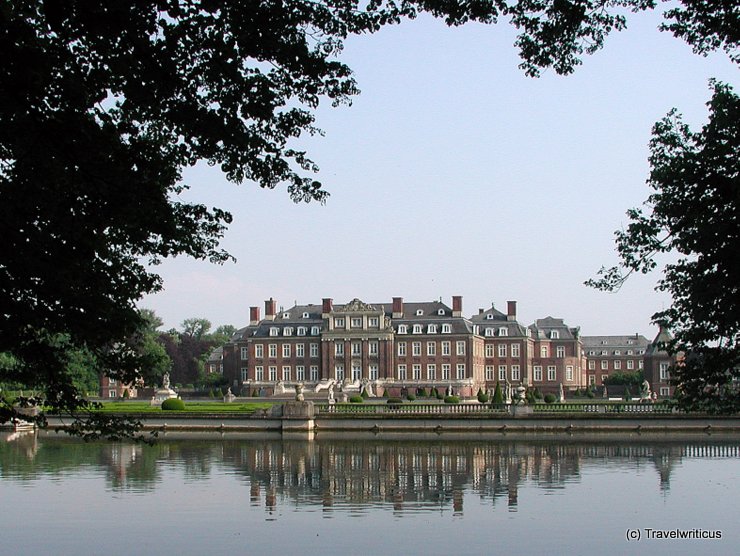
Nordkirchen Castle (Schloss Nordkirchen) is one of the most magnificent moated castles in the region of Münster. As it is considered the most representative Baroque residence in Westphalia, the complex is also named “Westphalian Versailles”. [German]
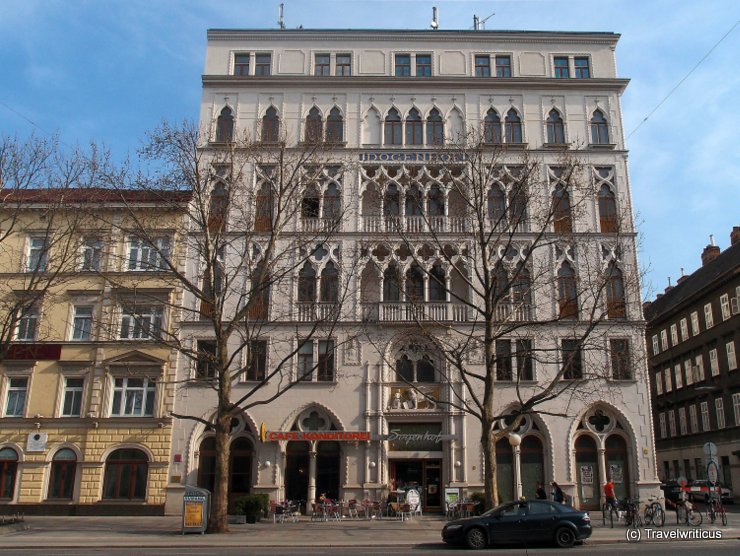
Around 1900 people of Vienna were very fancy about Venice. So there was an idea to build an Italian quarter along the Praterstraße. A small reminder of this gone idea is the Dogenhof (Praterstraße 70). Its architecture was influenced by a palazzo in Venice.
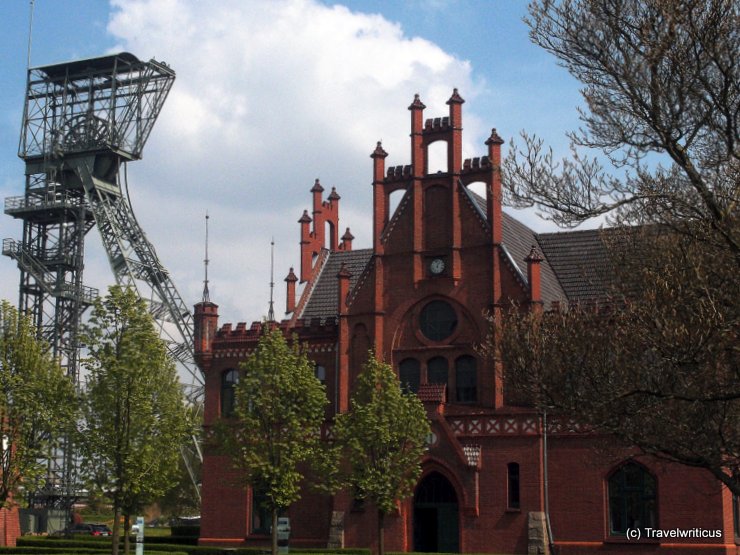
Zeche Zollern is a colliery in Dortmund built around 1900. Many castle-like buildings evoked the nickname Schloss der Arbeit (Castle of Work). The modern-equipped machine hall became famous for its art nouveau gate.